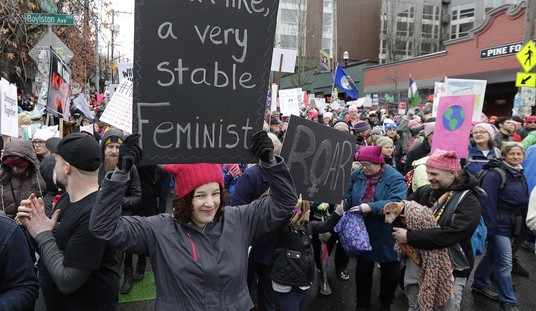
If you’re anything like me, until today, you probably had very little idea what the Government Printing Office is all about. And, because there are more important things in life than keeping track of every little-known governmental agency and the administration’s various political appointees, you might have missed the White House press release letting us know that President Obama just made a whole bunch of recess appointments on Wednesday.
One of those recess appointments, as it turns out, is the appointment of William Boarman, one of eight sector vice presidents with the Communications Workers of America. The President, it seems, has opted to bypass the Senate (again) and appointed Boarman to head the Government Printing Office as the Public Printer of the United States.
Another presidential appointment of another union boss to a position of power…So, what’s new? [At least, that was sort of my reaction until looking into the GPO a bit further.]
As it turns out, the Government Printing Office is a kind of a big deal in that there are (shall we say) opportunities for unions to benefit from Boarman’s appointment. You see, the GPO, according to its website is:
…[T]he Federal Government’s primary centralized resource for gathering, cataloging, producing, providing, authenticating, and preserving published information in all its forms. GPO is responsible for the production and distribution of information products and services for all three branches of the Federal Government.
In other words, the GPO is the Big Brother version of Kinkos. It is charged with printing just about everything the government puts out, from the federal register to passports. However, there are also agencies that ‘do their own thing’ in-house or through outsourcing via ‘waivers’ they are granted. As one printing-industry insider explains:
The federal government is a multi-trillion dollar operation. Yet, only about 1 billion dollars total in printing is produced or procured by GPO. Estimates have been made over the years as to how many billions of dollars escape GPO. No one really knows, because no one has kept close control over waivers, or, for that matter, has a full list of all of the waivers granted. One estimate is that there are over 25,000 federal in-house printing plants doing upwards of $20 billion in printing. Think what GPO control over this printing could do for the federal government, the tax payers, the GPO, and, very importantly for all of us in the printing industry. If there is less than $100 billion in commercial printing available, add in $20 billion in federal work and bingo – tens of thousands of private sector printing jobs would be saved – enough perhaps for the White House to crow about.
Bingo indeed! If there is $20 billion worth of printing work that may be out there that Mr. Boarman can get his hands on in his new role, that’s a lot of work…a lot of work that could go to his union buddies. [It’s not like this hasn’t already been established with the Obama Administration.]
Earlier this year, when the Senate was considering Boarman’s nomination, Bret Jacobson of the free-market communications firm Maverick Strategies wrote at BigGovernment why Boarman may be Obama’s pick for the GPO job:
[D]espite his assurances to the contrary, isn’t there reason to wonder whether this member of the Communications Workers of America won’t try to steer projects to unionized printers, in-source more work away from the private sector, or apply “prevailing wage” rules on taxpayer-funded projects?
[h/t: Kenny Solomon]
_________________
“I bring reason to your ears, and, in language as plain as ABC, hold up truth to your eyes.” Thomas Paine, December 23, 1776













Join the conversation as a VIP Member